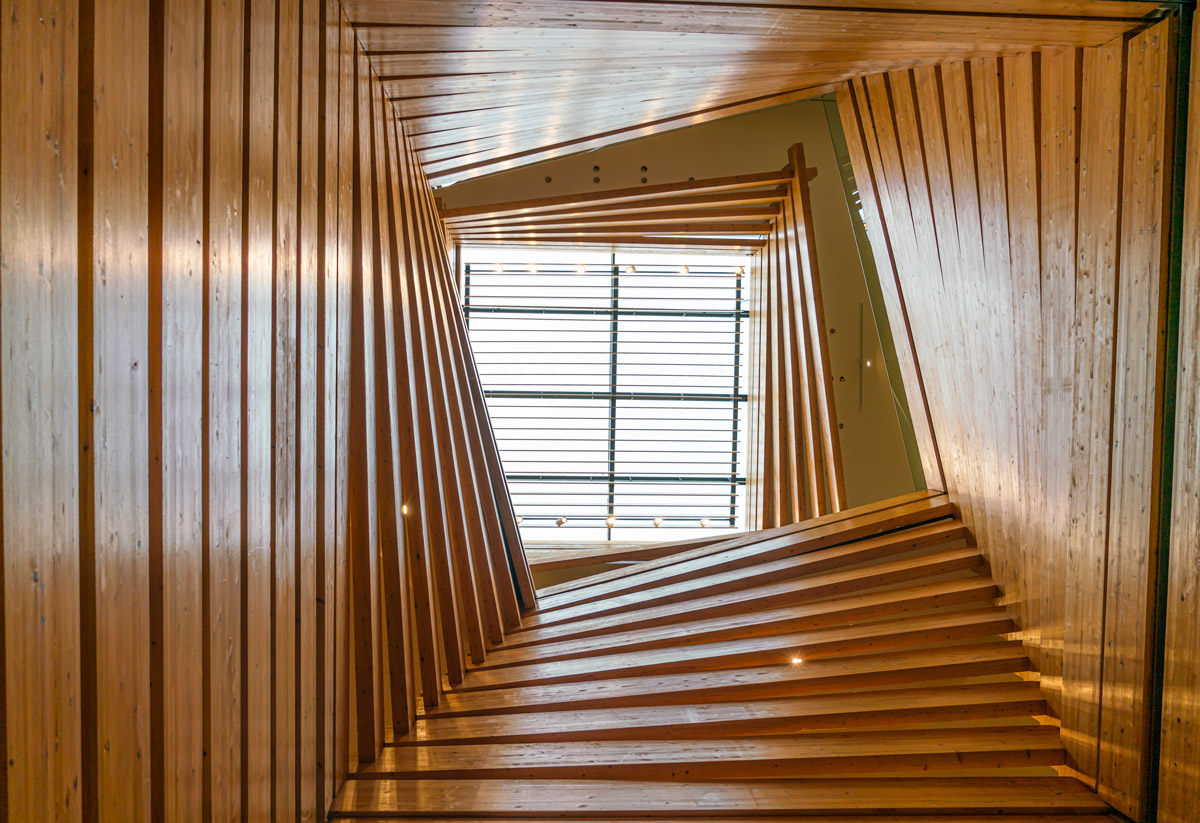Adopt the AIA Framework for Design Excellence
The AIA Framework for Design Excellence represents the defining principles of design excellence in the 21st century. Comprised of ten principles and accompanied by searching questions, the framework informs progress toward a zero-carbon, healthy, just, resilient, and equitable built environment.
Learn more about the AIA Framework for Design Excellence
Reproduced with permission of The American Institute of Architects, 1735 New York Avenue, N.W.; Washington, D.C. 20006

Good design elevates any project, no matter how small, with a thoughtful process that delivers both beauty and function in balance. It is the element that binds all the principles together with a big idea.
Reproduced with permission of The American Institute of Architects, 1735 New York Avenue, N.W.; Washington, D.C. 20006
Design solutions affect more than the client and current occupants. Good design positively impacts the future by helping communities thrive—socially, economically, and environmentally.
Reproduced with permission of The American Institute of Architects, 1735 New York Avenue, N.W.; Washington, D.C. 20006
Good design mutually benefits human and nonhuman inhabitants. What we design has a direct impact on the ecosystems in and around the site. Understanding the site dynamics will allow us to be more conscious of our impacts.
Reproduced with permission of The American Institute of Architects, 1735 New York Avenue, N.W.; Washington, D.C. 20006
Good design conserves and improves the quality of water as a precious resource.
Reproduced with permission of The American Institute of Architects, 1735 New York Avenue, N.W.; Washington, D.C. 20006
Good design adds economic value for owners, occupants, the community, and the planet—regardless of the project size and budget.
Reproduced with permission of The American Institute of Architects, 1735 New York Avenue, N.W.; Washington, D.C. 20006
Good design reduces energy use and eliminates dependence on fossil fuels while improving building performance, function, comfort, and enjoyment.
Reproduced with permission of The American Institute of Architects, 1735 New York Avenue, N.W.; Washington, D.C. 20006
Good design supports health and well-being for all people—considering physical, mental, and emotional effects on building occupants and the surrounding community.
Reproduced with permission of The American Institute of Architects, 1735 New York Avenue, N.W.; Washington, D.C. 20006
Good design depends on informed material and resource selection—balancing priorities to achieve durable, safe, and healthy projects with an equitable, sustainable supply chain to minimize possible negative impacts on the planet.
Reproduced with permission of The American Institute of Architects, 1735 New York Avenue, N.W.; Washington, D.C. 20006
Good design is adaptable, resilient, and flexible to change over time—reducing the building’s risk and vulnerability and enhancing its usability, functionality, and value.
Reproduced with permission of The American Institute of Architects, 1735 New York Avenue, N.W.; Washington, D.C. 20006
Every design project presents a unique opportunity to apply lessons learned from previous projects and discover new information to refine the design and construction process.
Reproduced with permission of The American Institute of Architects, 1735 New York Avenue, N.W.; Washington, D.C. 20006


